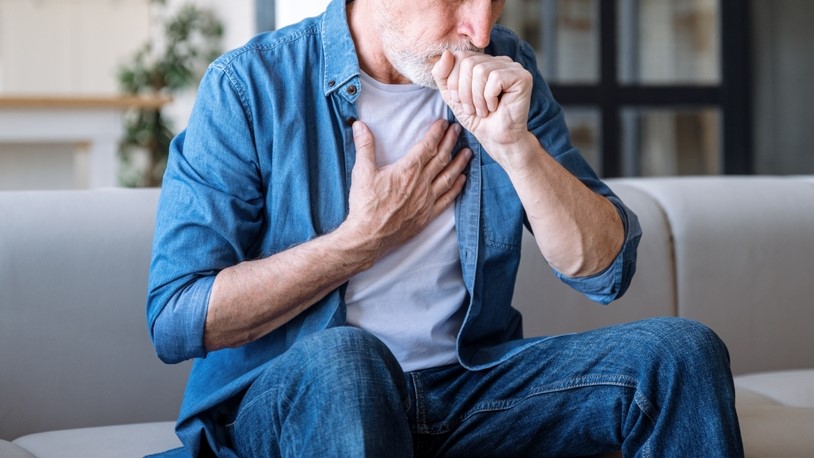Teen and Young Adult Deaths Are Rising Worldwide — Here’s What’s Driving It
Others are reading now
Teen and Young Adult Deaths Are Rising Worldwide — Here’s What’s Driving It
Rising deaths among young people spark global health alarm

A study has warned that the world faces an emerging crisis of rising death rates among teenagers and young adults.
While overall global mortality has fallen, new data reveal sharp increases linked to alcohol, suicide, and injuries — particularly in North and Latin America.
Researchers say the findings should act as a wake‑up call for governments and health agencies worldwide.
The Global Burden of Disease study: A worldwide effort

According to The Guardian the analysis, known as the Global Burden of Disease study, drew on more than 300,000 data sources and the work of 16,500 scientists across 204 countries.
Published in The Lancet and presented at the World Health Summit in Berlin, it shows overall progress since 1950 — with life expectancy now 76.3 years for women and 71.5 for men.
Also read
Yet these averages hide deep regional divides and troubling patterns among younger age groups.
Progress masks regional inequality

Global life expectancy has risen by more than 20 years since 1950, but vast gaps persist.
People in high‑income regions now live to about 83, compared with 62 in sub‑Saharan Africa.
Although infectious‑disease deaths among children have fallen sharply, researchers found that deaths among older children and young adults in poorer regions remain far higher than expected.
A new danger zone: Teens and young adults

The authors highlight a stubborn rise in deaths among those aged 15 to 29.
In North America and Latin America, the trend is driven by suicide, drugs, and alcohol.
Also read
In an interview with The Guardian, Dr Christopher Murray, director of the Institute for Health Metrics and Evaluation, said the data on teenagers “certainly got our attention,” linking the increases to growing anxiety and depression — especially among young women.
Mental‑health crisis and unanswered questions

Despite heightened awareness, there is little agreement on effective solutions — leaving a generation caught between digital pressures, social change, and fragile support systems.
Sub‑Saharan Africa: A different picture, but same warning

In sub‑Saharan Africa, new modelling shows that deaths among children aged 5 to 14 have been higher than previously thought, largely due to infectious diseases and accidents.
For women aged 15 to 29, mortality is 61 percent higher than earlier estimates — often linked to pregnancy complications, road injuries, and meningitis.
Researchers say the findings expose critical gaps in healthcare and safety infrastructure.
Calls for youth‑centred health investment

Dr Githinji Gitahi of Amref Health Africa urged leaders to act. With 60 percent of Africans under 25.
Also read
He warned that siloed, underfunded systems are “failing our young people”, and pressed for stronger regulation of food, better nutrition education, and more integrated health services to fight both infectious and chronic diseases.
A global wake‑up call

Lead author Emmanuela Gakidou cautioned that progress in poorer nations is now threatened by shrinking aid budgets. She said in an interview with The Guardian: “Without global health funding for primary care, medicine, and vaccines, the gap is sure to widen.”
Researchers stress that half of the world’s disease burden is preventable, driven by risks like air pollution, high blood pressure, smoking, and obesity.
The study concludes that without urgent, youth‑focused public‑health action, the next generation could face a shorter, less healthy life than their parents.


